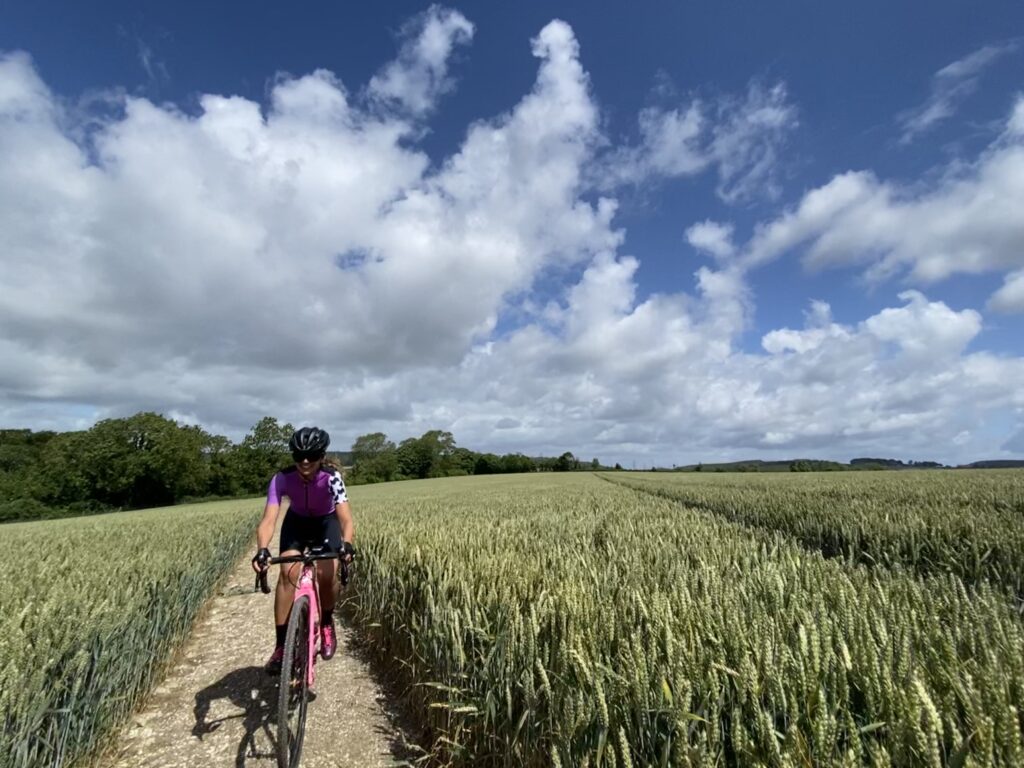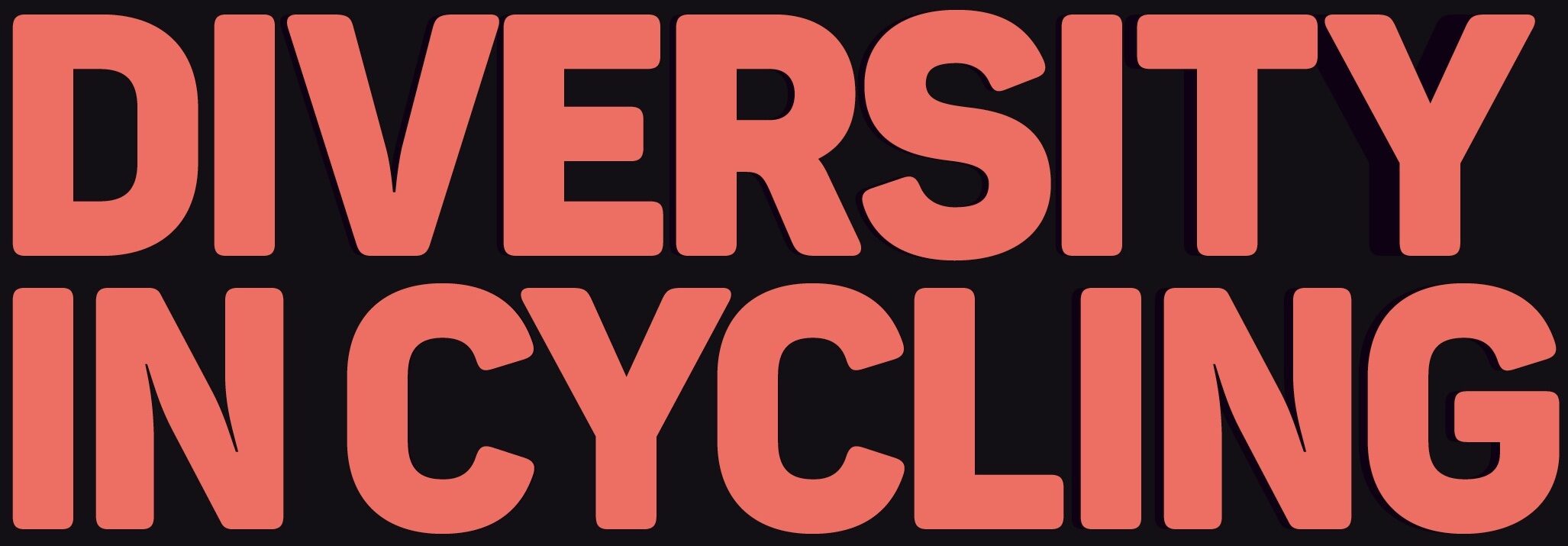When visual representation is so important, I often struggle with my racial identity fitting in with what is termed ‘women of colour’. I am the daughter of an Anglo-Irish-Jewish freckle-skinned mother and a British-Indian-Iranian-Muhajir brown-skinned father. I have lived and grown up in both Saudi Arabia and England. With so much intermixing going on, where do I fit in? I have learned that how we view our identity is deeply personal to us – it’s dynamic and can even evolve with age. Being multiracial, I don’t ever like to feel boxed in and contribute to this report as someone who dabbles in many cultures: Asian, Arabic, English, Muslim, and Catholic. I feel lucky and at ease as someone who doesn’t fully belong anywhere but does everywhere.
My journey in cycling began in 2001, taking in some road racing, achieving a second cat licence, later branching out into gravel riding in 2016. I am co-founder of WyndyMilla (famed for our bright pink kit), The Fit Cycle, and the newly launched Zephyr Cycling Club.
I have seen cycling change and grow. Cycling is no longer a niche sport. It makes me really happy to see Muslim women’s cycling groups forming in all parts of the country. Cycling hasn’t exploded … yet … for Muslim women. It is not the norm. More is happening at the beginner’s level, and I hope, with experience, riders will cross over into mainstream clubs. I see Muslim women going for walks together, but not bike rides, unless with the family or an organised ride with a ride leader.
Cycling has exploded in the Middle East. In January 2020, I got to ride with a cycling club in Saudi Arabia. I was the first woman to ever ride with the club, and since then, other women have joined. Yes, mixed genders in the birthplace of Islam! The approach to racing is inclusive, with races organised for novices up to regular competitive club riders and up to elite level. There are not many sportives, but there are races on closed roads. Participation in sport and exercise in Saudi Arabia is low, but this is changing rapidly, with a big push from the government in line with Vision 2030.
Western media focuses so much on those who wear hijab, they can forget the diversity of thought and custom amongst Muslim women. Wearing hijab is a choice, and I have chosen not to wear the hijab. In Pakistan, women like my aunts and cousins don’t wear hijab. Instead, they choose to wear a dupatta that probably matches their shalwar kameez, loosely around their neck and shoulders. In Saudi Arabia, wearing hijab and an abaya is now optional rather than a legal obligation. I love wearing a headscarf on certain days, like when I go to the Mosque or practice reading the Holy Quran. For me, Islam is about our behaviour towards one another and should not only be measured by what we wear. The hijab is a wonderful way to practice the Islamic faith but not the only way.
Thinking about diversity and inclusion in the UK, it feels like there is potential for many subgroups, and I would like to know where it ends? A couple of years ago I come across a local Muslim club near where I live. I asked to join, and they said no because I was a woman. Fast forward a couple of years, and I run into the Imam from this group who happened to be a cyclist. I told him I was turned away from his club, so I invited him to ride with us. He came along and started riding regularly with our club. He is now organising an event where the two clubs ride together, regardless of gender and religious beliefs.
The final point I am making here is, for me it’s about people and the joy of riding with others who we may have commonality with or not, but one thing’s for sure, a bike ride has united us. If someone asks to join my club, I will not be turning them away because of their gender or religious views. I would say that sport is the best way to bring people together, putting aside differences of colour and creed.

Picture: Nasima Siddiqui, courtesy of Matt Plested
